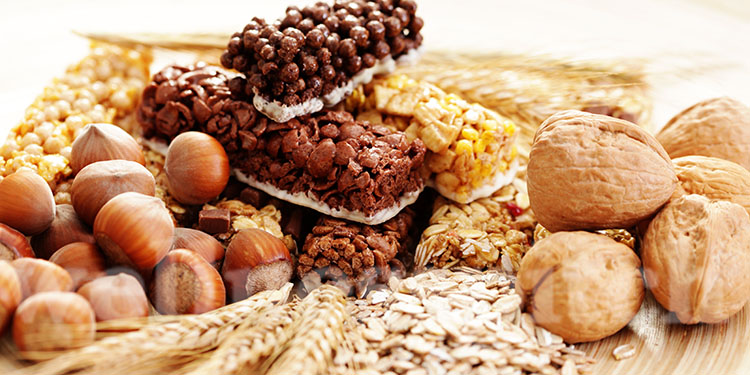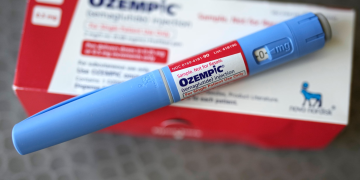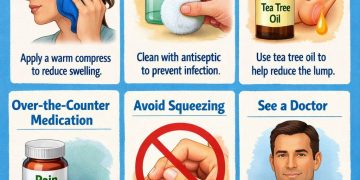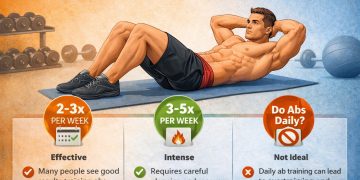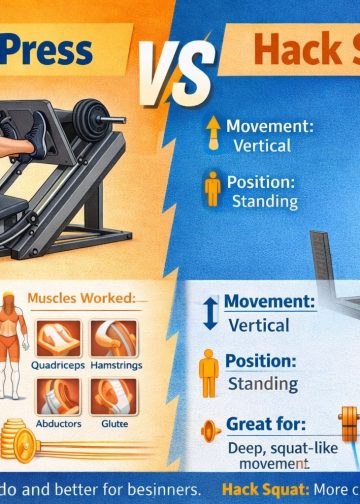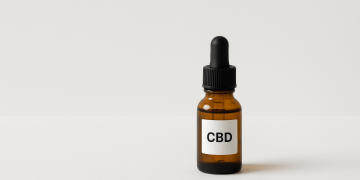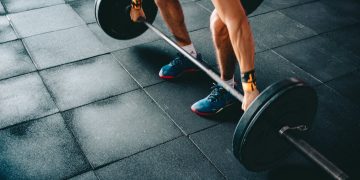There are many sources of dietary fiber, yet it is possibly the most neglected nutrient in an average person’s life.
Fibers are mostly associated with enhancing digestion, so people don’t feel that it is necessary to consume them.
Surprisingly, digestion isn’t the only benefit of fibers. They also play an important role in preventing chronic diseases.
What are Dietary Fibers?
Fibers are carbohydrates that cannot be digested in the human body. They pass out the body undigested.
They are the part of plants that are often discarded during the processing like bran, husk, and peels.
There are two main types of fiber:
Insoluble fiber: It doesn’t dissolve in water. Remains unchanged during digestion but help in the movement of other food content through the digestive system.
Soluble Fiber: Water-soluble fiber. They can help in decreasing cholesterol and controlling blood sugar levels.
Whole grains, fruits and vegetables, legumes, and nuts are the best sources of fiber.
Benefits of Dietary Fiber:
There are a number of benefits related to fiber. You will not regret once you add fibers in your diet.
- It improves digestive health
- It aids in weight loss
- Reduce chances of type 2 diabetes
- Fibers may reduce the risk of colon cancer
- They may improve skin health and appearance
- Dietary fibers are heart-friendly
Sources of Dietary Fibers:
Grain Sources

Barley
Whole grains like barley are rich sources of fibers. A cup of pearled and cooked barley will give 6 grams of dietary fiber.
It is fairly easy to add it in the diet. Barley soup, stews, porridge, puddings, or bread are few of the choices.
You can skip the sugary pancakes and add barley rich food in your breakfast.
Oat
Another healthy breakfast choice is oat. If you are planning to feel fuller for long time oatmeal and oat bran muffins are a perfect fiber-rich meals for you.
A cup of oatmeal or 1 medium oat bran muffin will provide 5 grams of fiber.
Quinoa
Quinoa is not only a rich source of protein but also fibers. A single cup of quinoa will provide around 5.8 grams of fiber.
There are numerous ways you can add quinoa in your meals either it is breakfast, lunch, or snack. Some commercial products (chocolates, pasta, baked goods) that are high in quinoa are also available nowadays.
Whole grain pasta
Everyone loves their mac n cheese and spaghetti with meatballs. So we won’t ask you to quit them, just replacing the regular pasta with whole wheat pasta.
Not only would you enjoy a delicious meal, but would also get 5 grams of fiber per cup of cooked pasta.
Popcorn
Popcorns are everyone’s favorite movie snack.
If you are binge-watching these days and snacking on popcorn, then you would be glad to know that you are adding fibers in your diet.
3 cups of popcorn contain about 3.5 grams of fibers.
Snacking on popcorns could be good but we don’t recommend slathering them with butter or caramel.
Legumes, Seeds, and Nuts:

Split Peas
Split Peas are much richer in fiber as compare to many other sources.
A single cup provides about 16 grams of fiber. Just sprinkle your salad or soup with it or just make hummus from them.
We assure you that they will improve your fiber intake.
Lentils
Lentils are an excellent source of fiber. Adding a lentil soup or veggie burgers with lentils base in the diet is a good start.
With one boiled cup providing approximately 15.5 grams, adding lentils at least once a week will provide enough fiber.
Chia Seeds
Chia seeds are packed with nutrients. Thanks to their high fiber content, these seeds are gaining popularity in weight loss.
1 ounce of chia seeds provides 10 grams of fibers.
Other than fiber, they also provide a high amount of calcium, iron, protein, and magnesium.
Almond
Almonds are not only good for your brain health, but they are also good for your digestion.
1 ounce of almond would provide 3.5 grams of fibers.
Vegetable Sources

Green Peas
We know you are tempted to remove peas from your plate but don’t do it.
Green peas provide many essential nutrients. It may be wise to keep them on your plate especially if you are looking for fibers.
You will get 9 grams of fiber from 1 cup of green peas.
Broccoli and Brussel Sprouts
Broccoli and Brussel sprouts provide 5 grams of fiber per cup.
Young people especially kids have an aversion to vegetables. No child wants broccoli instead of candies.
Given the importance of these veggies, it is advised to parents to promote healthier snacks to your children.
Turnip Greens
Like spinach, you can also add turnip greens in your smoothies. These leafy greens are a high source of fiber with one cup containing 5 grams of fiber.
Fruit Sources

Raspberry
This delicious fruit is a treat itself. The plus point they provide you the useful nutrients. You can bake them, turn them into a dessert or a smoothie.
A cup of raspberry will give you 8 grams of fiber.
Apple
An apple a day keeps the doctor away, only if you are eating it with the peel. The pectin is found in apple peel is a fiber.
Eating one medium apple will give you 4.5 grams of fiber
Pear
You can turn pear into a number of desserts and still get fibers from it. One medium pear will provide 5.5 grams of fiber.
Strawberries:
If you love fruit salads, then strawberry might be your favorite fruit. This sweet and rich red fruit is high in vitamin C, but will also give you 3 grams fibers per cup.
How much fiber does a person need?
25 – 32 g of dietary fiber intake is one of the recommended guidelines by the American Heart Association, Institute of Medicine, and other organizations.
Unfortunately, even with these guidelines, an average American consumes less than 16 g of fiber per day. Overall, less than 5% of Americans get enough fibers in the diet.
The basic components of processed products like meat, sugar, and dairy lack fibers.
So, the increase in consumption of processed and refined food is the main reason for the absence of enough fibers.
USDA gave recommended daily intake chart for dietary fiber depending upon age and gender.
| Age | Male | Female |
| 9-13 | 31 | 26 |
| 14-18 | 38 | 26 |
| 19-50 | 38 | 25 |
| 51-70+ | 30 | 21 |
Conclusion:
There are many health benefits of fibers, so it is important to add them to the diet.
Go for more natural food than refined and processed one to get maximum fibers. There are so many choices for you.
Combining a fiber-rich diet with exercise would give even better results


